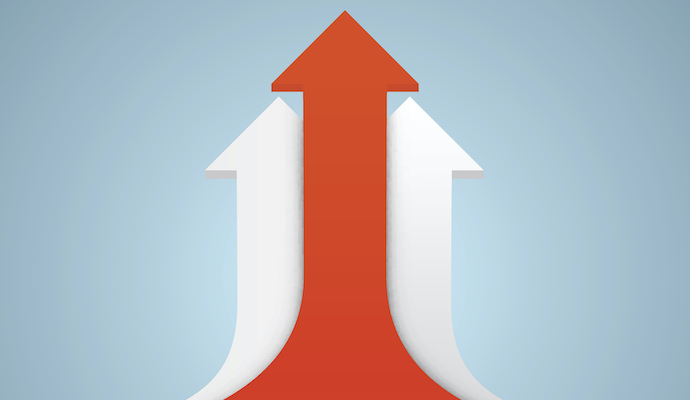Claims May Rise in 2 to 3 Months As Patients Seek Deferred Care
The awaited rise in non-urgent and elective deferred care may occur in the next couple of months as patients emerge from quarantine.

Source: Getty Images
- Almost 50 percent of American adults deferred care themselves or have a household member who deferred care due to the coronavirus, but more than two-thirds of those who deferred (32 percent of the total adult population) plan to get care in the next couple of months, a Kaiser Family Foundation (KFF) survey ascertained.
For more coronavirus updates, visit our resource page, updated twice daily by Xtelligent Healthcare Media.
Thus, as patients pursue deferred care, payers may expect to see an influx of claims in the next two to three months.
“Most of those who have put off care due to coronavirus expect to get it soon,” Drew Altman, KFF president and chief executive officer, explained in the press release. “If they do, health care utilization may bounce back more quickly than the rest of the economy.”
More than one in ten of those who skipped care reported that their condition declined because of their decision to postpone care.
However, many expect to receive care in the coming months. Almost 20 percent reported that they would get care in two to three months. Another 14 percent of the May 2020 survey respondents intended to seek out care within the next month.
This is good news for the healthcare industry as payers and providers suffer from the severe drop in elective and non-urgent care.
In addition to delayed care, payers face the unknown effects of unemployment on enrollment and the impact of extended grace periods which, for some payers, are allowing a greater number of employers and members to delay premium payments than in previous years.
While delayed physical healthcare is a serious concern, 86 percent of Americans—regardless of age—say that their physical wellbeing was unchanged by the coronavirus pandemic.
Mental healthcare, on the other hand, saw an influx of patients due to coronavirus-related stress.
While reports of negative mental health repercussions have diminished by five percent overall since April, the figure remains high, with nearly 40 percent of adults had some negative mental health repercussions from the pandemic. Furthermore, other trends have remained stable—women as well as urban and suburban residents still report higher rates of negative mental health impacts.
The researchers linked some of these negative mental health impacts back to one source: unemployment. As the unemployment rate continues to grow leaving Americans not only without an income but also largely without healthcare coverage in the wake of a pandemic, the conditions produced both mental and financial turmoil.
Almost half of those who lost a source of income in their household reported that paying for household expenses was a challenge. Around 40 percent of American adults say their households skipped meals or turned to food programs for their meals. Over 30 percent of adults reported struggling to pay their bills, such as rent, mortgage, utilities, or credit cards.
For 16 percent of those who have been skipping meals or going to food programs for their diet, over a quarter (26 percent) said that it was directly in response to financial impacts of coronavirus.
The financial struggles are more acute for minorities and those with lower incomes. Almost thirty percent of black adults and over a quarter of Hispanic adults who have been skipping meals or taking government-provided food stated that their actions were directly a result of coronavirus-related financial impacts. For households with incomes under $40,000, nearly a quarter of those who face food insecurity said it was a result of the pandemic.
These trends could have a major impact on benefits going into 2021. Already, payers are responding by lowering costs for relevant services and benefits.
Centene, for example, waived all out-of-pocket healthcare spending for primary care, behavioral healthcare, and telehealth services for their Medicare Advantage population.
Priority Health responded to member and employer financial hardship by taking the surplus from premiums that would normally go toward covering non-urgent and elective care and giving it back to members in the form of premium credits and cost-sharing waivers.
